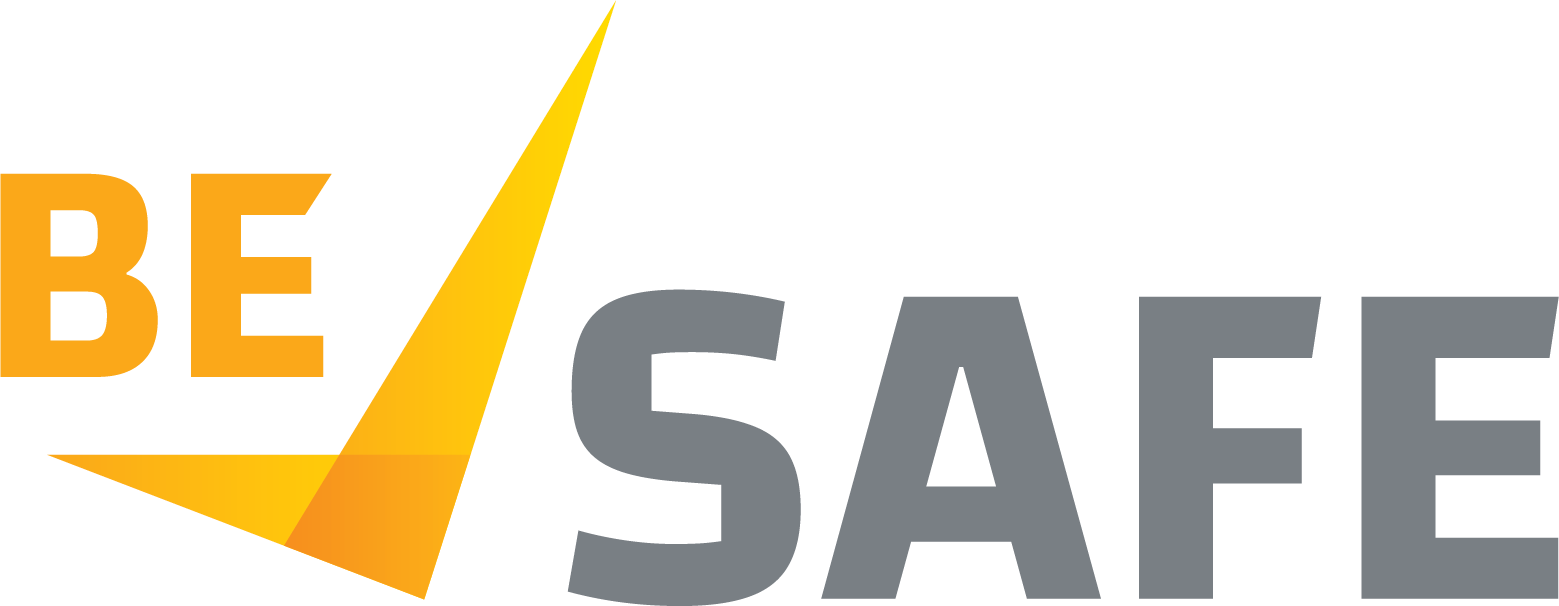Changes to Legislation
The Workplace Injury Rehabilitation and Compensation Amendment Bill 2025 has passed Parliament.
It makes changes to three pieces of legislation:
1. The Workplace Injury Rehabilitation and Compensation Act 2013,
2. The Occupational Health and Safety Act 2004 and
3. The Accident Compensation Act 1985
The changes aim 'to improve support for injured workers and their families in Victoria, enhancing compensation entitlements and rehabilitation processes.’
In summary, the key provisions of the Bill are:
1. Code of Claimants' Rights to be created to ensure injured workers are treated with dignity and respect
2. Lived Experience Membership on WorkSafe Committees. It is now required that there be lived experience membership on the WorkSafe Board Advisory Committees, creating a ‘seat at the table’ for those personally affected by poor safety practices.
3. Return to Work (RTW) Coordinators:Employers will be required to provide RTW coordinators with necessary assistance and training to improve return-to-work outcomes for injured employees. The details of this are yet to be made clear, pending directives form The Minister and WorkSafe. There will be penalty units attached to this requirement.
4. Compensation for Families of deceased workers: The bill improves compensation by:
a) Allowing for provisional payments be made to dependants following a work-related suicide.
b) Extending the length of the provisional payment period from 13 weeks to 26 weeks for dependent partners of deceased workers. This will mean that dependants will be less likely to be left without an income while the claim is being processed.
c) Increasing the weekly payments to the dependent children of deceased workers. This is an increase from 5% of ‘pre-injury average weekly earnings’ to 12.5%, allowing for improved financial support of children.
d) Grief and Loss payments to be made to close family members following the death of their loved one. This will acknowledge the loss of family members who previously had no eligibility for compensation.
5. Broader Support Services:The amendments will allow access to a wider range of therapy and support services for families affected by work-related deaths and serious injuries. This change allows for ‘support services’ to be broader than just psychology.
6. Independent Review Requirement:The bill mandates an independent review of the workers' compensation scheme at least every five years, starting in 2030, to ensure ongoing improvements and accountability.
The Bill passed the Victorian Parliament on the 31st July 2025.
Any improvement to the support of those affected by work related injury and death can only be a good thing.
For more detail on the changes, take a look at:
Workplace Injury Rehabilitation and Compensation Amendment Bill 2025 | legislation.vic.gov.au




